Downtown Brooklyn's Edison Building to Be Considered as an Individual Landmark
The Landmarks Preservation Commission voted to add the Brooklyn Edison Building on Adams Street to its calendar for possible designation as an individual landmark.

The Brooklyn Edison Building at 345 Adams Street. Photo by Susan De Vries
The Landmarks Preservation Commission voted to add the Brooklyn Edison Building at 345 Adams Street to its calendar for possible designation as an individual landmark at a meeting Tuesday, triggering a public hearing on the proposal.
The Renaissance Revival-style commercial building sits on a corner of Adams, Pearl, and Willoughby streets in Downtown Brooklyn, very much in the commercial and civic center of the borough. It was designed by architects McKenzie, Voorhees and Gmelin and built between 1922 and 1926 for the Brooklyn Edison Company, according to LPC research department staff.
The 14-story building was constructed in two phases, with the original structure fronting Willoughby Street and a 1926 addition extending north along Adams Street. As Adams Street was expanded in the 1950s, the buildings to the west of the Brooklyn Edison Building were demolished and the Adams Street facade became its primary one.
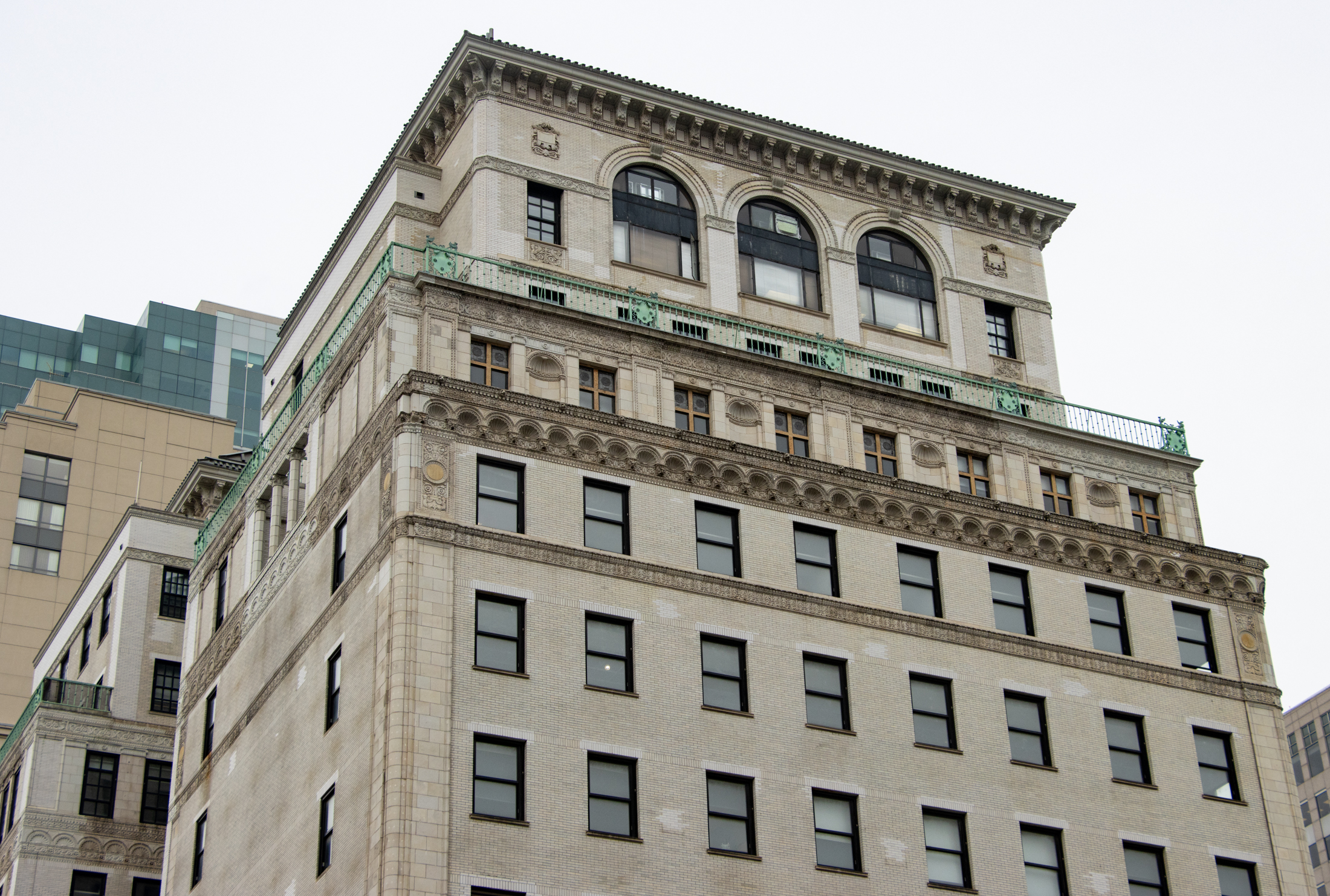
While Renaissance Revival-style details were incorporated along Adams Street, the elevation has a notably less ornate appearance than its Willoughby counterpart. Commissioner Michael Ginsberg raised the issue in the meeting, saying that while the building is quite impressive and beautiful from some angles, “what is now the primary facade is not a particularly attractive facade.”
“I’m not totally convinced it should be individually landmarked when the major facade is an afterthought. Sometimes an afterthought is really beautiful, but I don’t find this one particularly so,” he said. Ginsberg said he knew a lot of research had gone into the proposal, and he wanted to flag his concerns before the staff presentation at the upcoming public hearing.
Commissioner Fred Bland agreed that “it’s not the most beautiful building we’ve ever seen of Renaissance style,” but added given its history and how it had changed in response to its environment it is worth further study and consideration.
The Brooklyn Edison Building was selected for consideration as part of an effort to increase designations in the Downtown Brooklyn area, LPC research department staff member Bilge Kose told commissioners, adding it is “a notable landmark in the civic and commercial center of Brooklyn.”
It has a stone base, brick middle section, and stone crown, with setbacks at the top adapting to the provisions of 1916 zoning law, Kose said. Its Renaissance Revival-style decorations include double height arched windows, multi-pane glass transoms, embellished ironwork shields, and terracotta cornices.
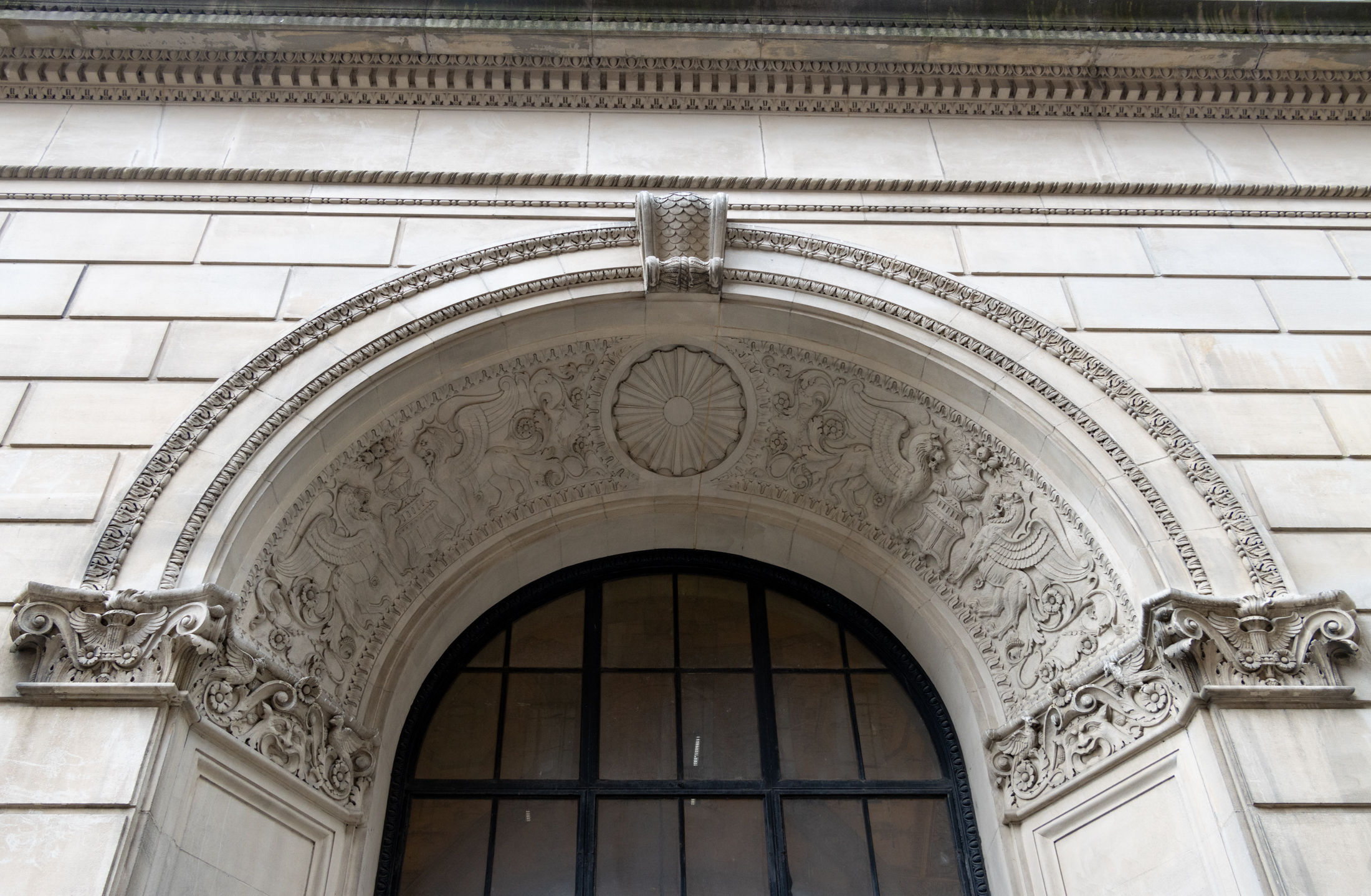
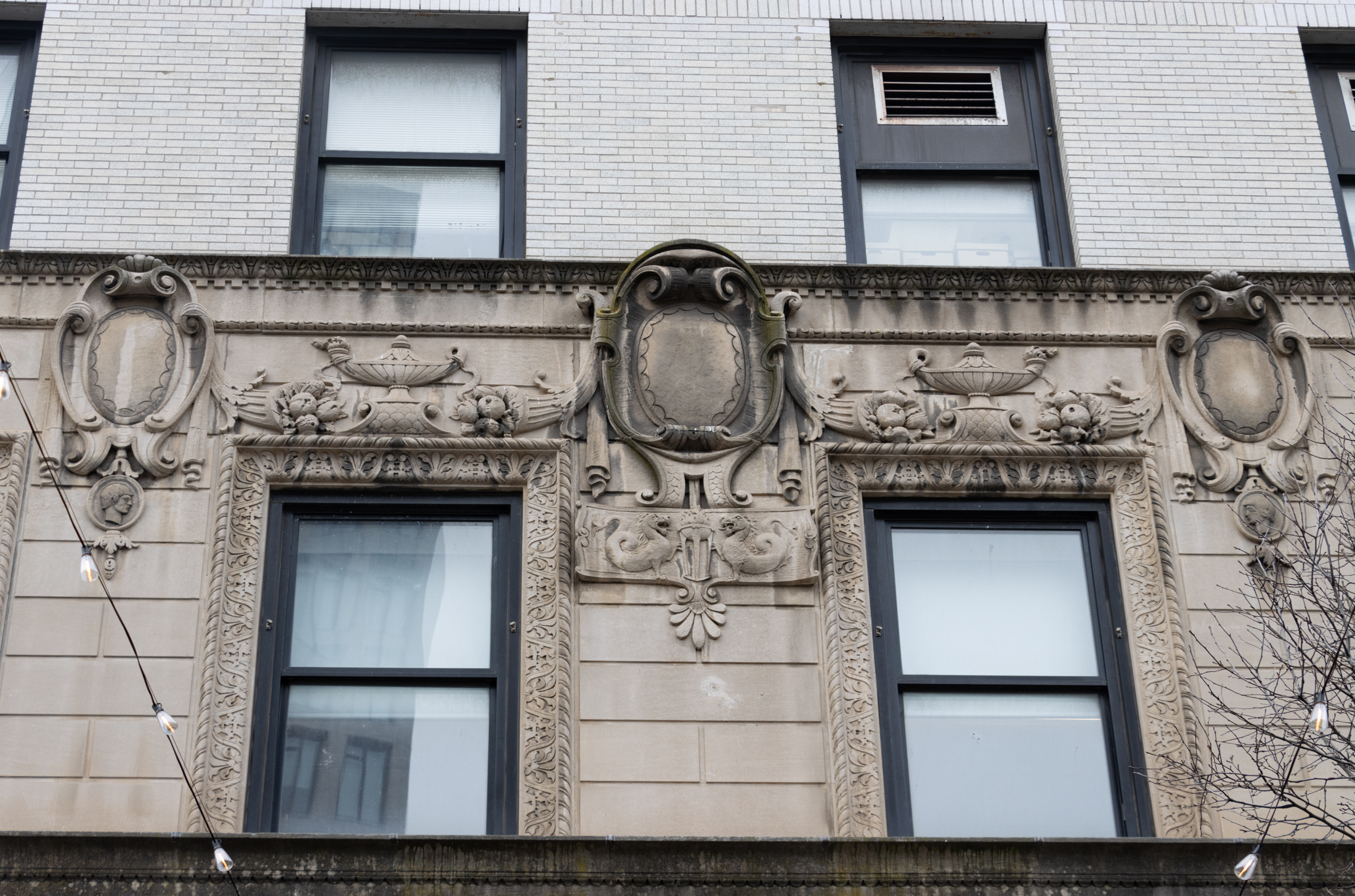
McKenzie, Voorhees, and Gmelin designed numerous notable buildings in the city in the 1920s, including the nearby Brooklyn Municipal Building and the Long Island headquarters of the New York Telephone Company.
The Brooklyn Edison Company, which commissioned it, played an important role in pushing technology and electricity forward in the borough, Kose said, and as such the building included advanced technology in its lighting, telephone systems, and fast elevators.
It was used by the company as offices and showrooms, and included an auditorium that played a pivotal role in the Brooklyn social scene of the time, hosting conferences, fundraisers, and other events. The building continues to be used by Con Ed, which absorbed the Brooklyn Edison Company, as well as other institutions, including Long Island University and the South Brooklyn Savings and Loan Association, she said.
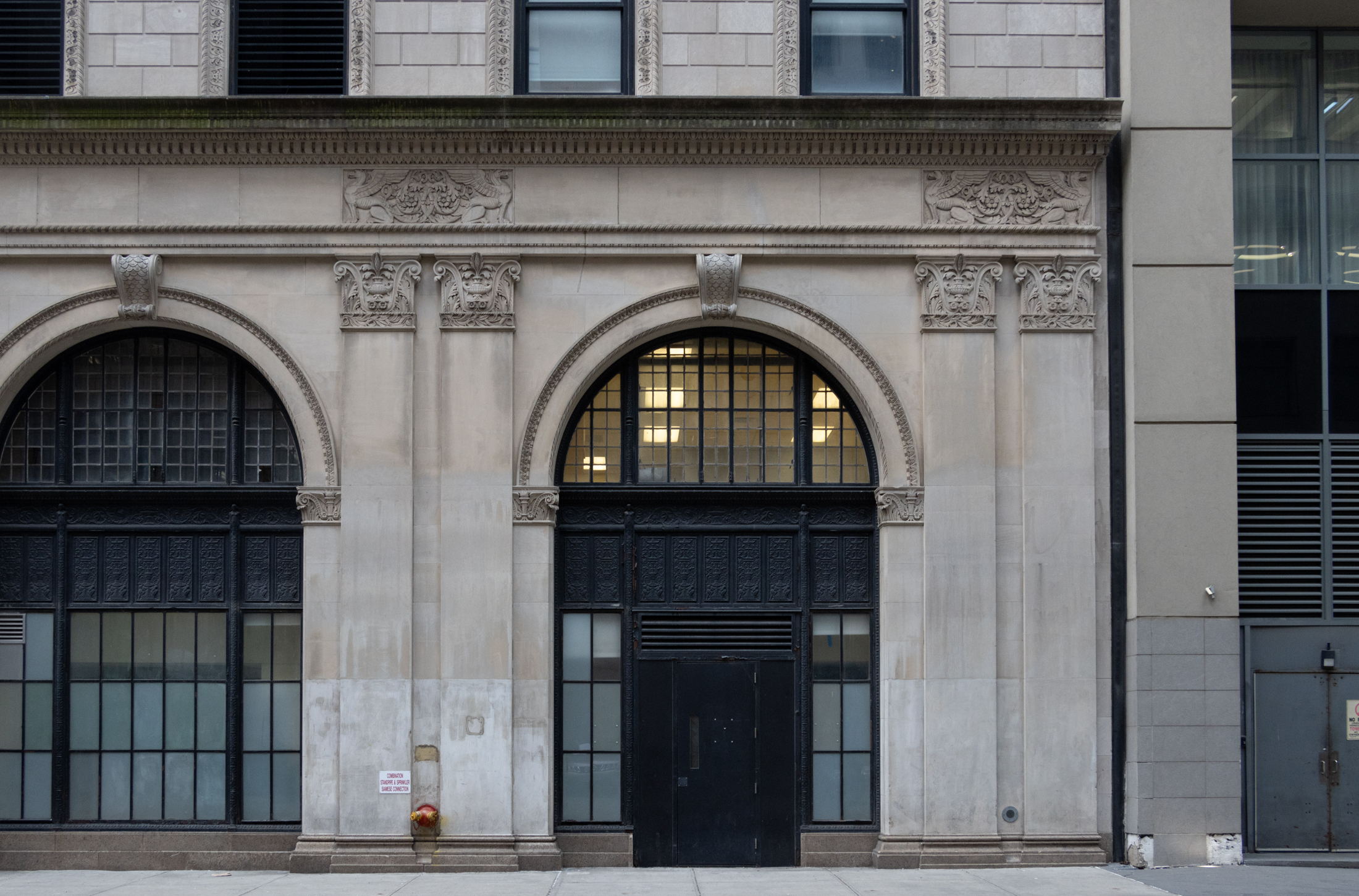
Kose said that despite its 1950s adaptation, the building “retains its historical character, maintaining highly intact Renaissance Revival style elements.”
“The Brooklyn Edison Building was a testament to technological advancements and played an important role in Brooklyn social and cultural activities,” she said. “Today highly visible from Adams Street, Columbus Park, and Fulton Street, the building is a monumental backdrop to Brooklyn’s city center, with its intact Renaissance Revival style elements.”
LPC Chair Sarah Carroll said of the Downtown Brooklyn buildings the commission has been investigating for possible designation, the Brooklyn Edison Building was ready to go in terms of research and outreach with the property owners. She said the commissioners could continue their discussion on designation at the hearing, when members of the public will also be able to voice their opinions.
If designated, the building would join the Offerman Building, Long Island Headquarters of the New York Telephone Company, New York and New Jersey Telephone and Telegraph Building, Brooklyn Fire Headquarters, First Free Congregational Church, and others as individual landmarks in Downtown Brooklyn.
[Photos by Susan De Vries]
Related Stories
- Brooklyn Gained One Historic District in 2023: Linden Street Became a First for Bushwick
- LPC Calendars Five Historic Industrial Buildings in Gowanus, Says Public Hearings Coming Soon
- Locals Talk Next Steps for Landmarking Willoughby Hart Historic District
Email tips@brownstoner.com with further comments, questions or tips. Follow Brownstoner on Twitter and Instagram, and like us on Facebook.

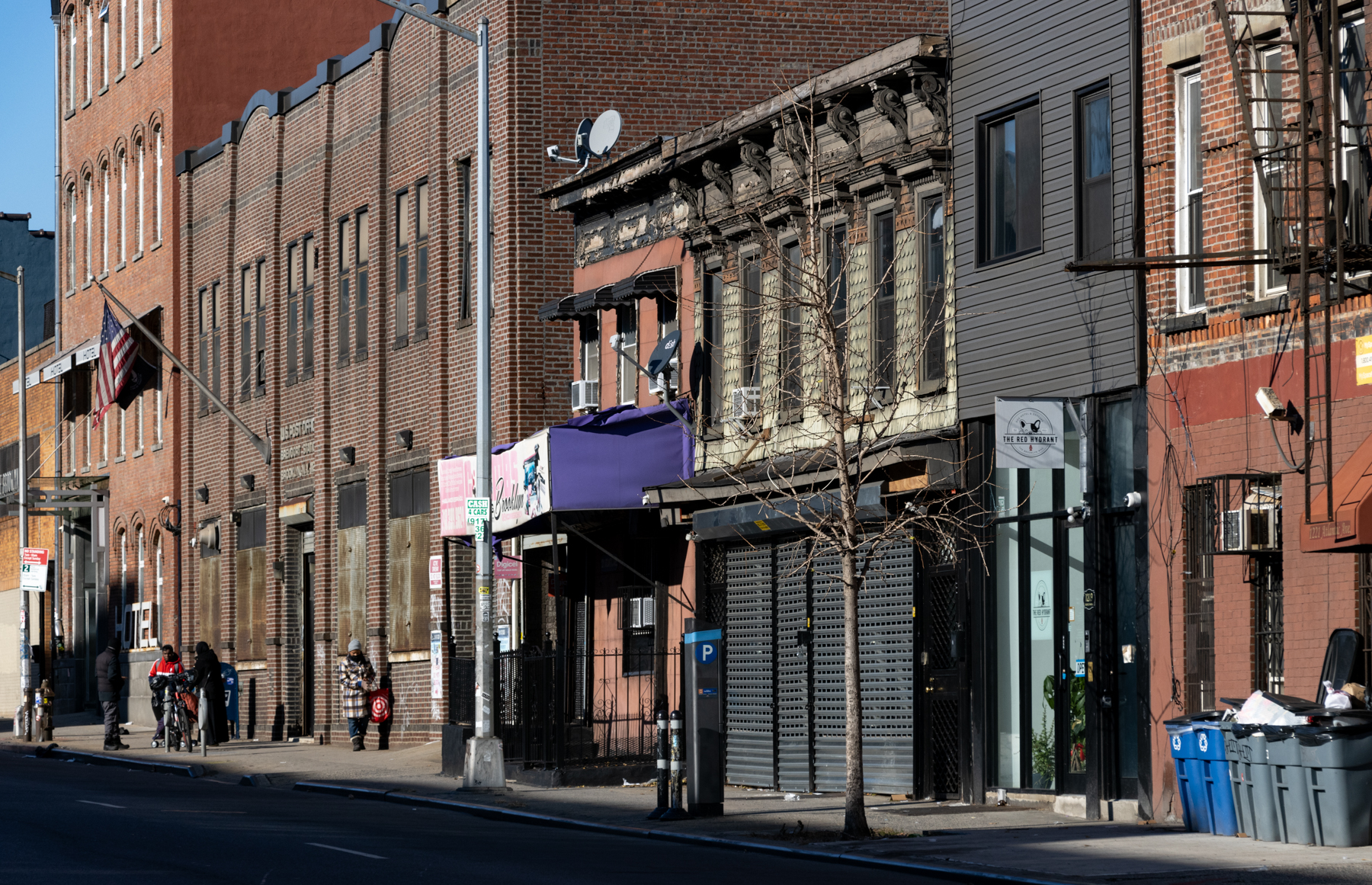
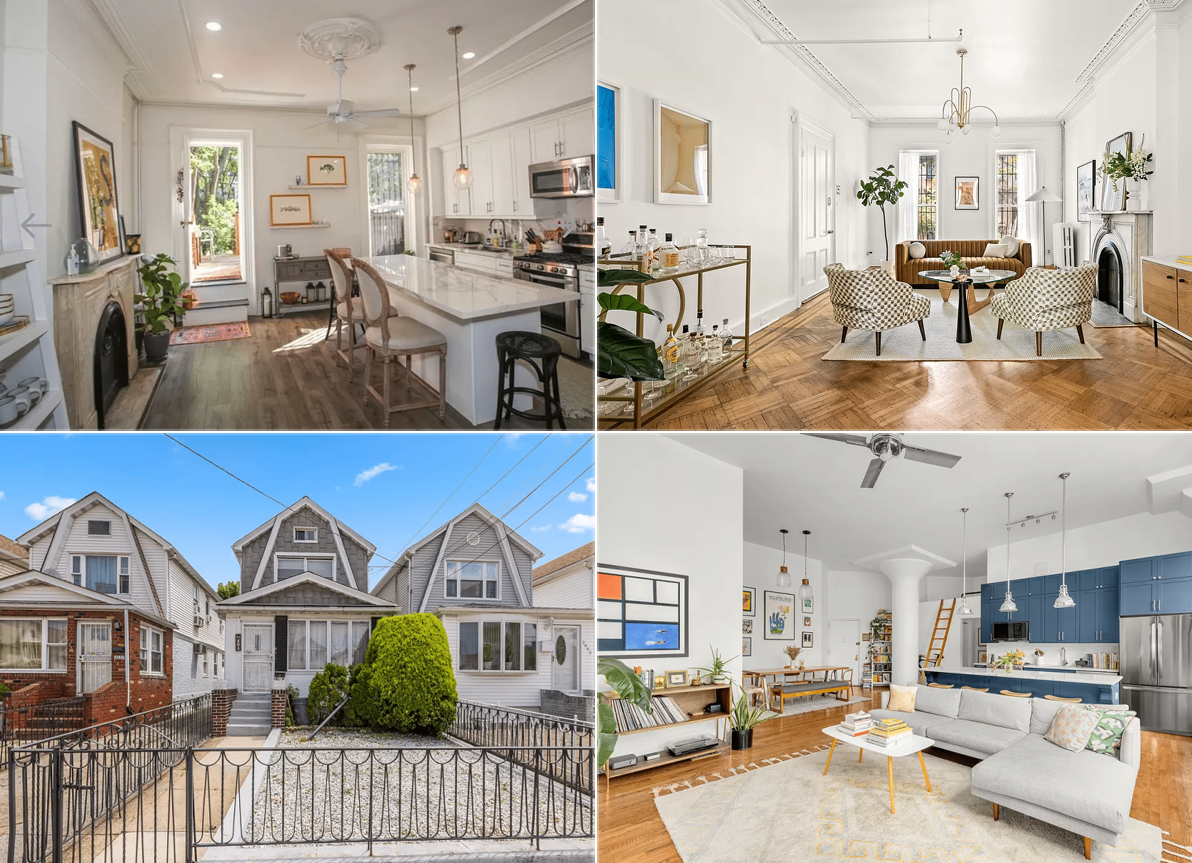
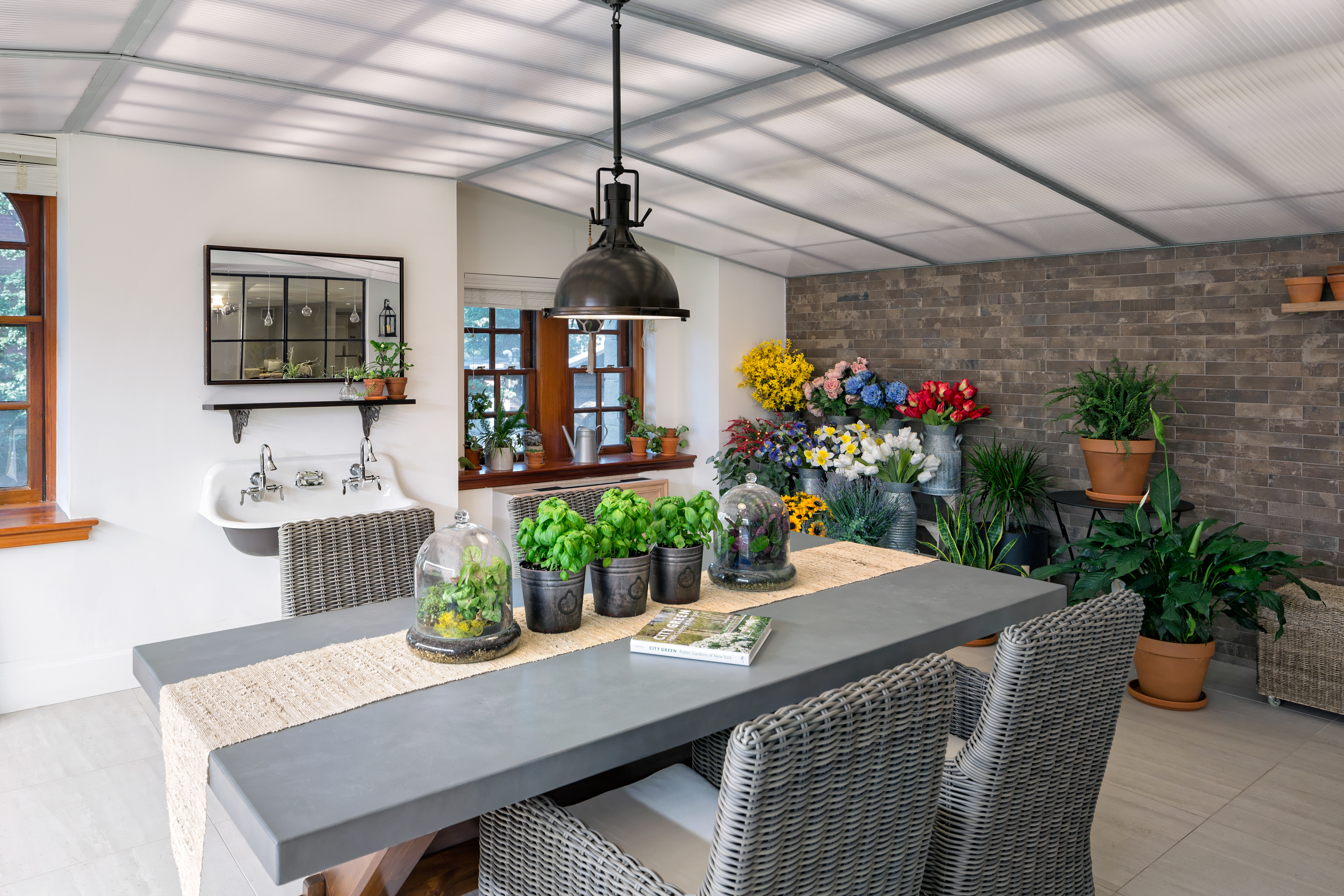





What's Your Take? Leave a Comment